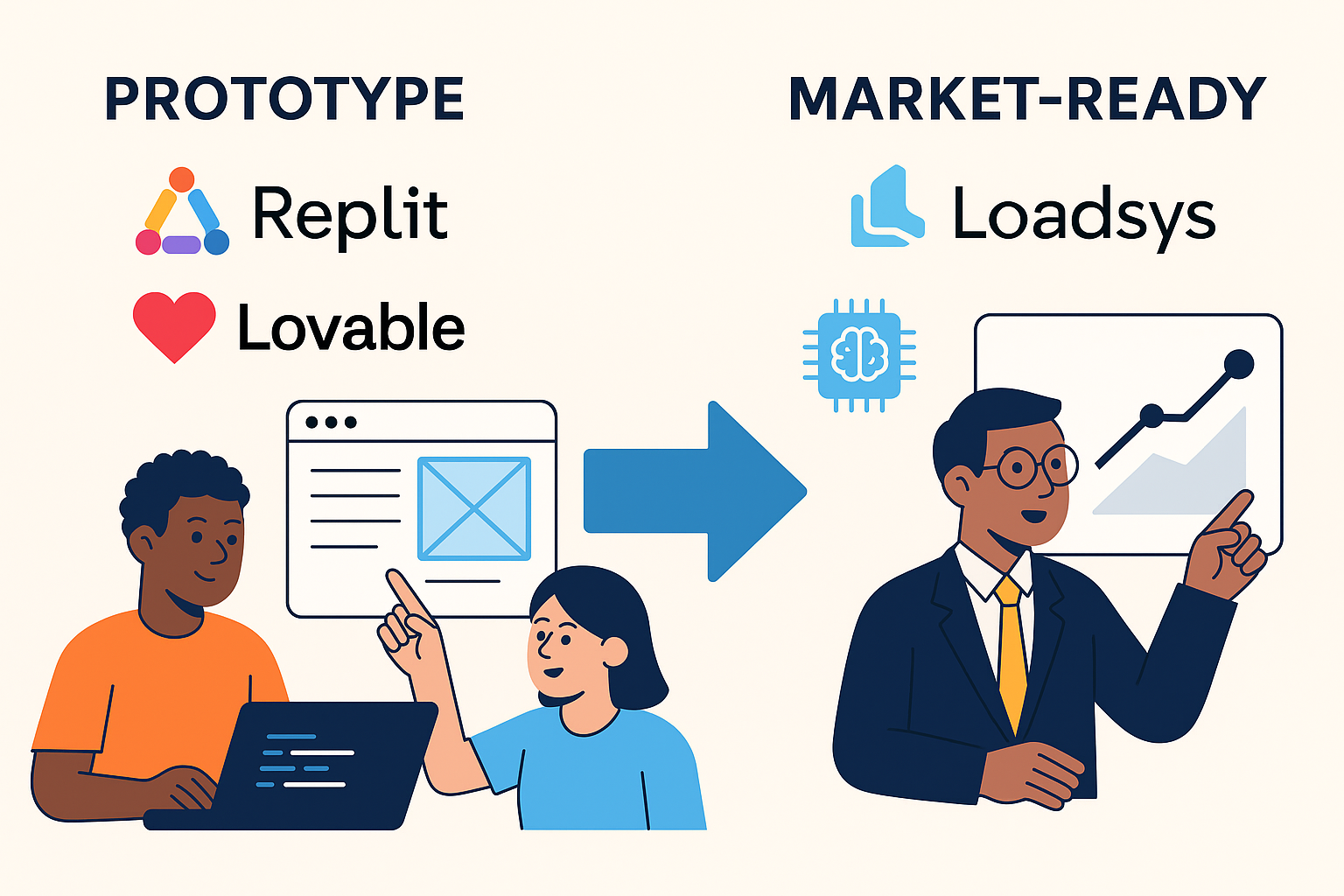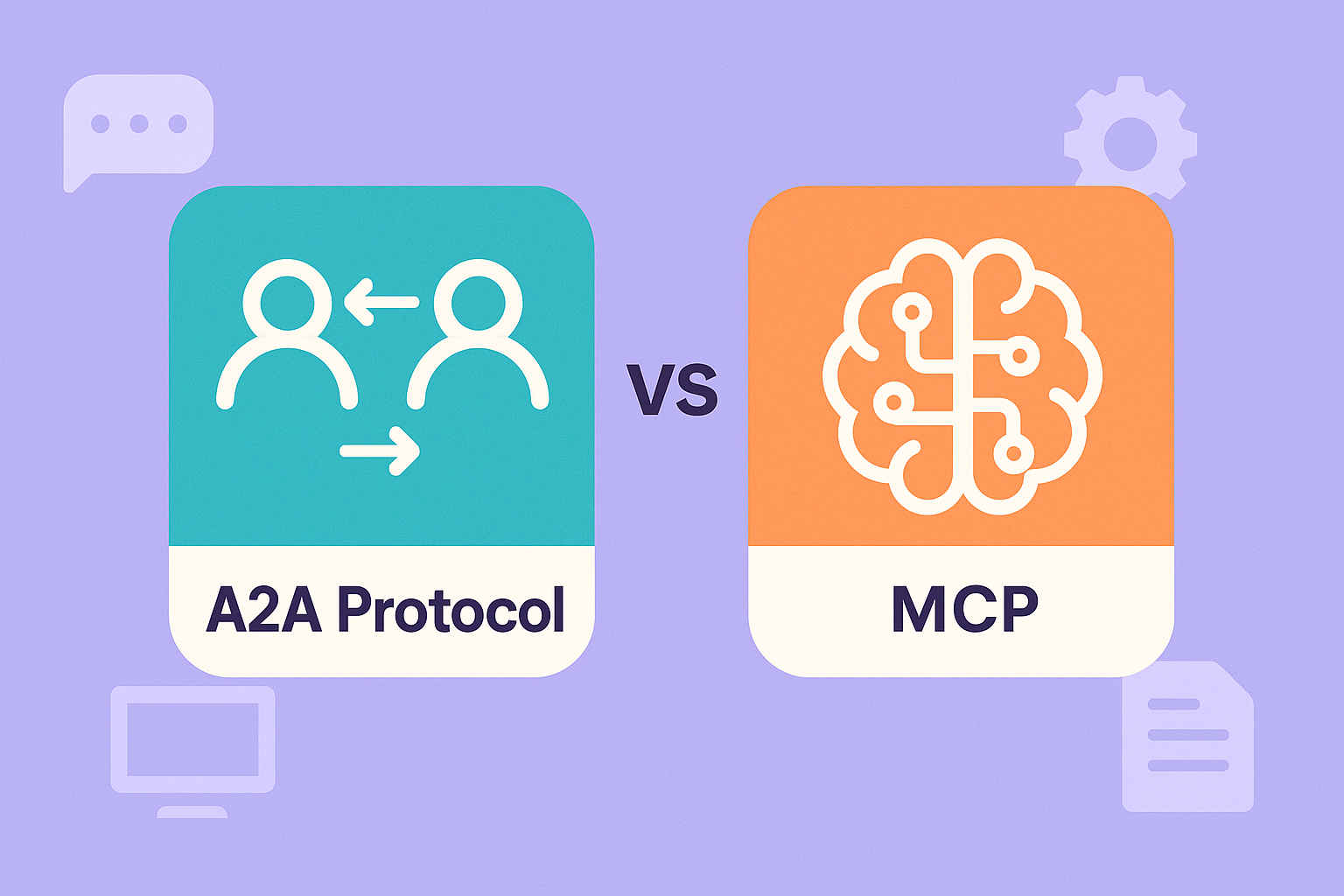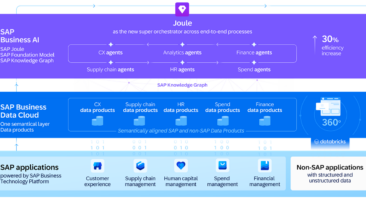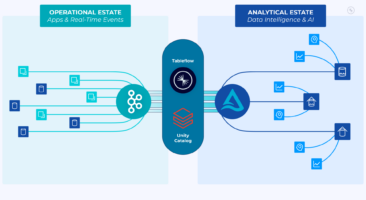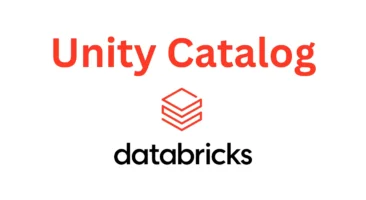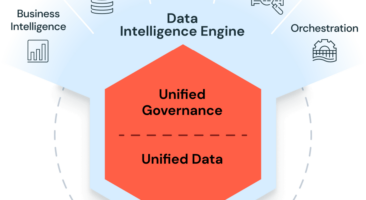From Prototype to Market-Ready: Leveraging Replit, Lovable, and Loadsys
Great ideas often start as sketches on a napkin or late-night “what if?” conversations. But the real challenge comes in turning those sparks into working software. That’s where rapid prototyping tools like Replit and Lovable shine — and where Loadsys helps take your proof of concept (POC) all the way to a market-viable solution.
Why Start with Prototyping?
Prototyping is the fastest way to validate whether an idea has real potential. Instead of sinking months into development, a prototype (or POC) allows you to:
• Test assumptions quickly – Does the idea work as intended? Do users understand it?
• Gather feedback early – Stakeholders and customers can react to a tangible demo, not just slides.
• Reduce risk – By proving feasibility before investing heavily, you avoid costly pivots later.
• Unlock creativity – Teams can explore new directions without being bogged down by production-level code.
Replit & Lovable: The Modern POC Toolkit
Two tools have transformed how innovators build POCs:
• Replit: A collaborative cloud-based coding environment that makes it incredibly easy to spin up working apps in hours, not weeks. With built-in deployment, versioning, and AI-assisted coding, Replit helps teams move from idea to running demo with minimal setup.
• Lovable: A platform designed to accelerate application design and validation. It gives entrepreneurs and product teams the ability to create high-fidelity mockups and functional prototypes that feel close to the “real thing,” making user testing more meaningful.
Together, these platforms lower the barrier to entry for building a POC. You don’t need an enterprise budget or a dedicated engineering team just to test your idea.
The Gap Between POC and Product
Here’s the catch: while prototypes are excellent for proving an idea, they are rarely production-ready. Issues like scalability, security, maintainability, and integrations with enterprise systems usually aren’t part of the POC.
That’s where many projects stall — the concept is validated, but the path to a market-ready product feels overwhelming.
How Loadsys Bridges the Gap
At Loadsys, we specialize in taking promising prototypes and transforming them into market-viable solutions. Our process combines decades of custom software experience with cutting-edge AI-driven development:
• Scalable Architecture – We redesign prototypes with performance, security, and compliance in mind.
• AI-Augmented Engineering – By leveraging large language models and agentic AI tools, we accelerate coding, testing, and documentation, reducing time-to-market and costs.
• Seamless Integrations – We connect your product with APIs, data infrastructure, and third-party platforms to make it enterprise-ready.
• User-Centered Refinement – We extend the POC’s functionality with user feedback loops, ensuring the final product isn’t just functional but delightful to use.
Why Partner with Loadsys?
Many great ideas die at the prototype stage. Not because the idea wasn’t strong, but because turning a POC into a market-ready solution requires a different skill set.
Loadsys provides that bridge:
• We respect the speed and creativity of prototypes.
• We add the discipline and rigor needed for production software.
• And we leverage AI to reduce development costs and timelines, giving you a competitive edge.
Example Use Case: QuickFleet – From Prototype to Production
Imagine a small logistics startup, QuickFleet, with an idea: use AI to help delivery companies optimize their daily routes and reduce fuel costs.
Step 1: The Prototype
QuickFleet’s founders didn’t want to spend months building complex software before proving the concept. Using Replit, they quickly developed a basic web app that ingested a handful of delivery addresses and generated suggested routes using open mapping APIs.
At the same time, they used Lovable to design a clickable prototype of the customer dashboard. This gave them something professional-looking to show early customers and investors — without investing in heavy infrastructure.
Within two weeks, QuickFleet had a working demo that proved the idea was feasible and resonated with potential clients.
Step 2: The Challenges of Scaling
While the prototype was exciting, it wasn’t market-ready. The Replit-based code couldn’t handle large volumes of data, lacked security safeguards, and wasn’t integrated with enterprise fleet management tools. They also needed more sophisticated AI to deliver meaningful route optimizations.
Step 3: Partnering with Loadsys
QuickFleet turned to Loadsys to evolve their prototype into a production-grade platform. Loadsys:
• Rebuilt the backend with scalable architecture, capable of supporting thousands of deliveries per day.
• Integrated AI models to continuously learn from real-world traffic and delivery data.
• Connected the app to existing fleet management APIs so clients could onboard without disrupting operations.
• Designed a polished, user-friendly interface informed by customer feedback.
The Result
Within six months, QuickFleet had a market-viable platform that went beyond their original proof of concept. With Loadsys’ help, they were able to secure funding, onboard their first paying customers, and confidently scale their business.
Final Thoughts
Prototypes prove the “what if.” Loadsys delivers the “what’s next.”
If you’ve built — or are building — a proof of concept using tools like Replit or Lovable, let’s talk. We can help you take your idea beyond the prototype stage and into the market as a scalable, AI-powered solution.
Reach Us
Contact us for a free consultation.
We would love to hear about your project and ideas.








